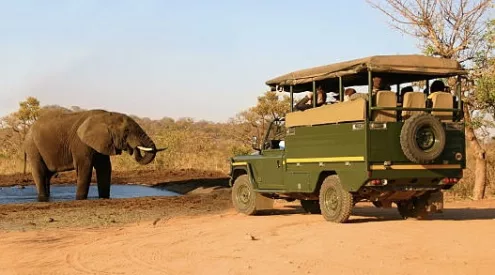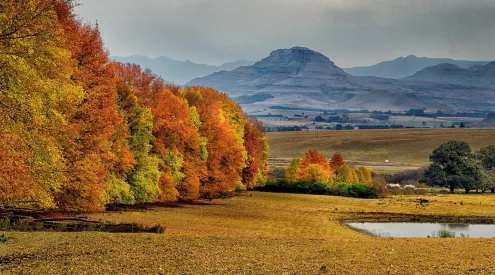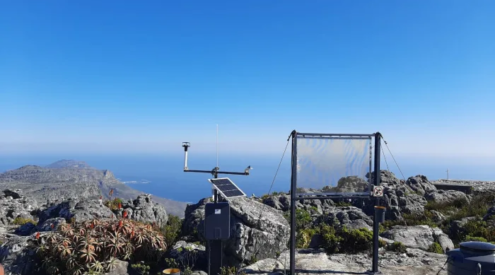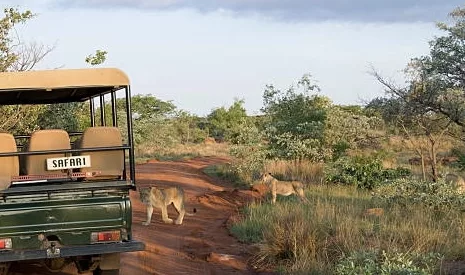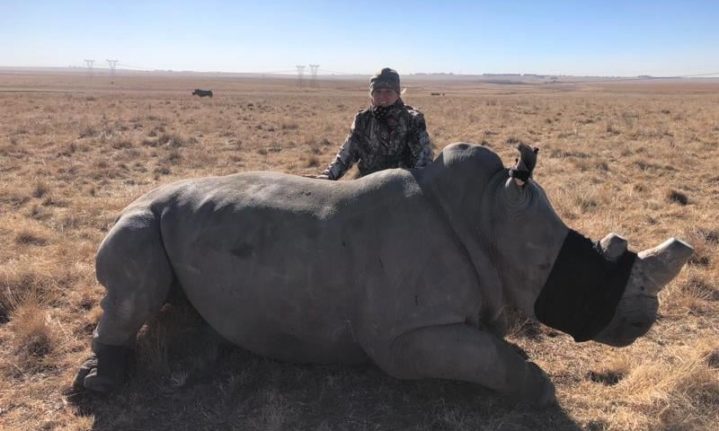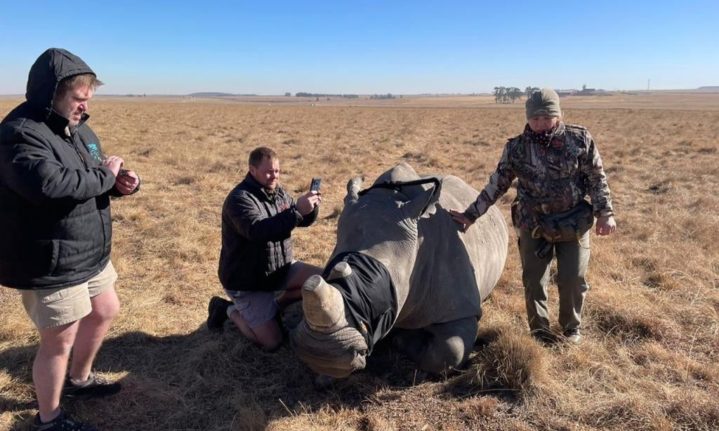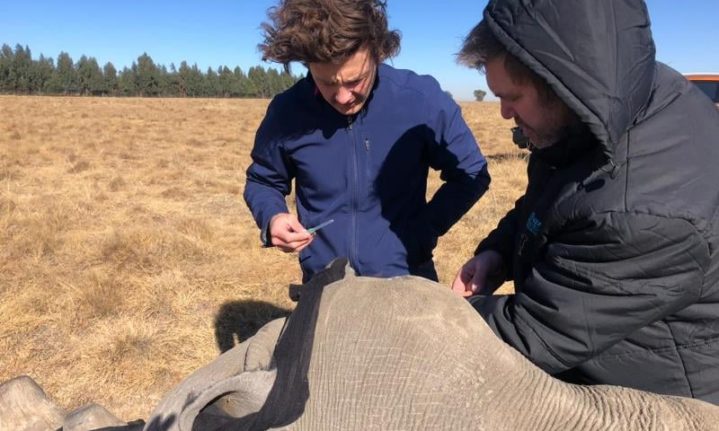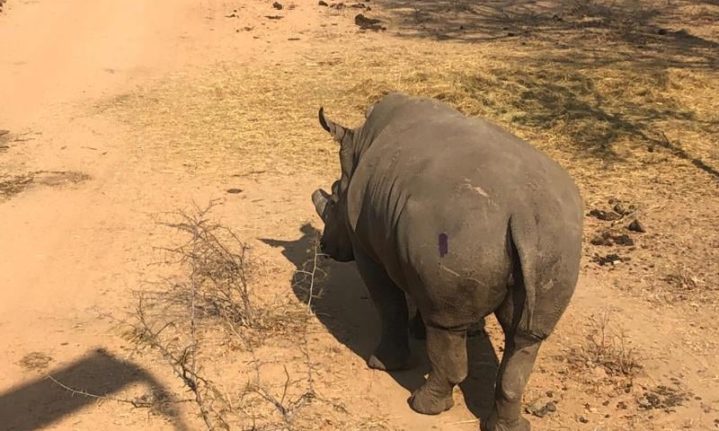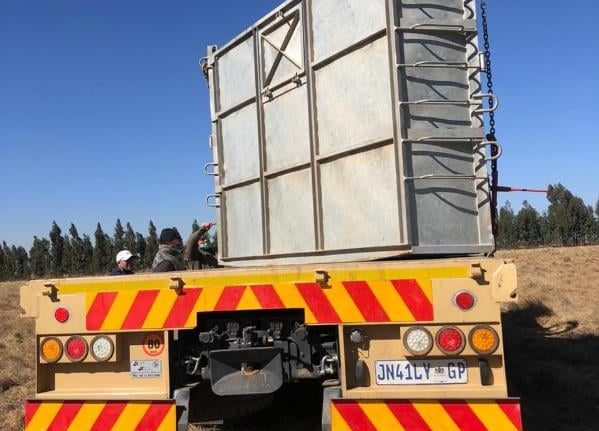Wildlife translocation involves transporting and releasing wild animals into new areas for conservation purposes, and is vital in preventing endangered animals from going extinct.
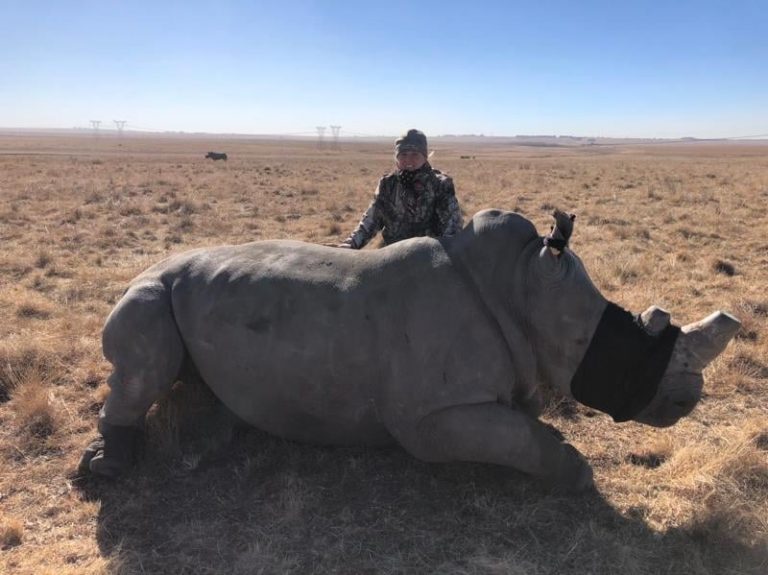
Recently, a team of veterinary experts from the faculty of veterinary science, Onderstepoort, was approached to assist with the translocation of a white rhino cow for management purposes. Being one of the largest African mammals, a white rhinoceros can weigh anything between 1 800 and 2 000 kg. It goes without saying that moving such a majestic animal is a risky operation and therefore needs a team of specialist veterinarians, the right equipment and a lot of strong hands
.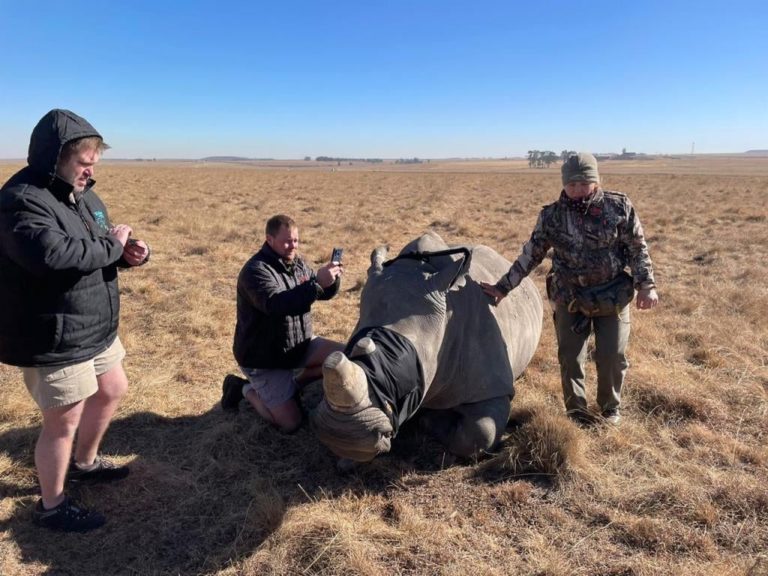
In the early hours of the day of the translocation, veterinary wildlife specialist Prof Katja Koeppel, veterinarian and clinical assistant Dr Bart Gazendam and private wildlife veterinarian Dr Nolan Landman – the latter two are also enrolled in the Faculty’s postgraduate MMedVet programme in wildlife diseases – arrived at the rhino camp accompanied by veterinary nurses and students. Separation of the rhino cow from the group was then necessary to ensure that the veterinarians could safely work with the rhino.
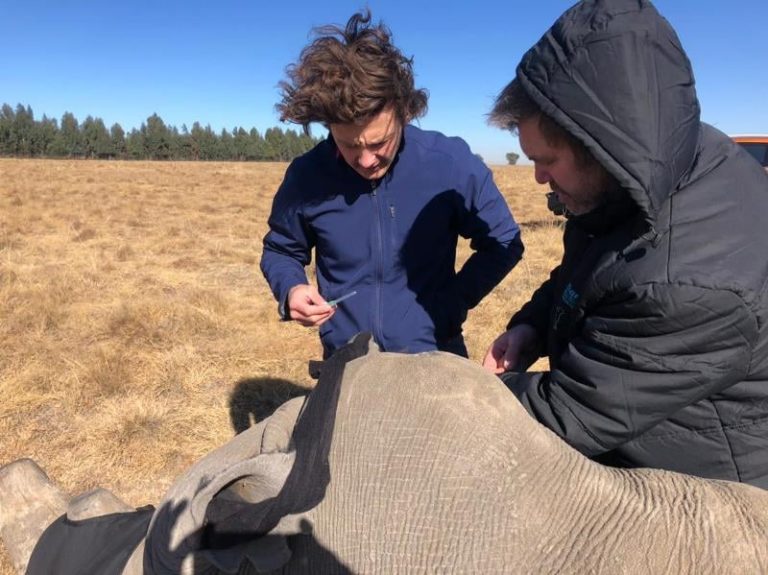
To capture such a big animal, a specific combination of drugs is used – with one of the drugs (called etorphine) being 1000 times stronger than morphine. The drugs were administered to the 8-year-old rhino using a dart gun. Shortly after the injection, the veterinarians were able to safely approach the rhino, which was now recumbent.

A blindfold and earplugs were used to reduce the amount of stress for the animal. After additional crucial injections, a part of the sedation was reversed so the team was able to walk the rhino into a specially designed crate. Using a crane, the rhino was then lifted onto a truck for transport. The crate is designed in such a way that it allows veterinarians to safely monitor and inject the rhino during transport.
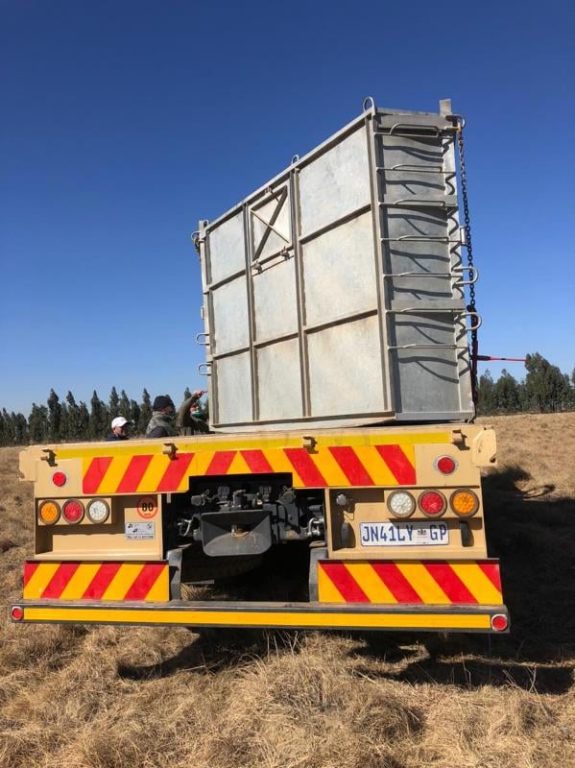
After a long but safe trip, the crate was off-loaded. Additional reversal drugs were administered to the rhino for it to fully wake up. Using the crane, the heavy door of the crate was lifted to reveal the cow’s new home and after a few careful steps, the rhino slowly walked into the dense thicket.
Closely monitored by her new owners and rangers, the cow has recovered well from the big move and has settled in nicely. The white rhinoceros or square-lipped rhinoceros is the largest extant species of rhinoceros and its conservation status is “Near Threatened.”
Picture credits: UP Faculty of Veterinary Science
ALSO READ
Scientific reproduction could save northern white rhino from extinction


